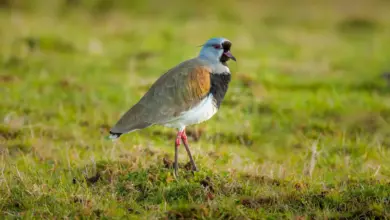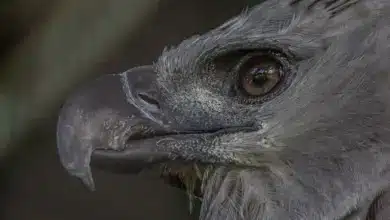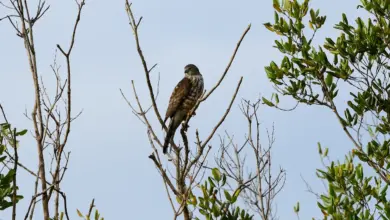Cranes
Cranes
Cranes (Gruidae) occur on all continents except Antarctica and South America. Some species are long-distance migrants, while those found in warmer climates are mostly sedentary (non-migratory).
These gregarious birds typically form large flocks in places where many of them are found.
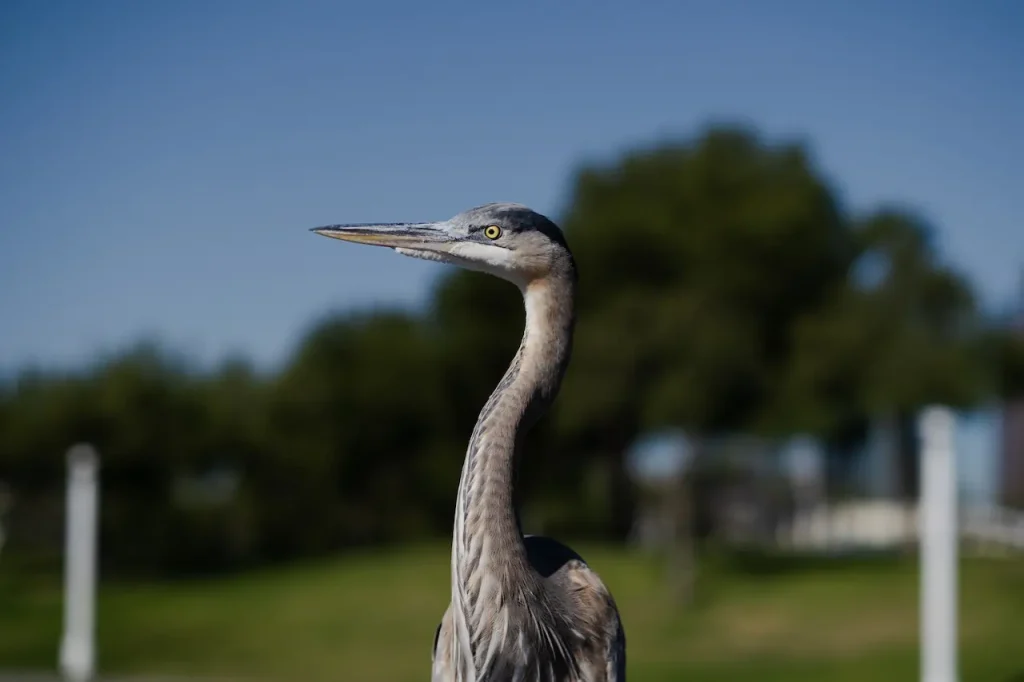
However, their numbers are declining and some species are at risk of extinction, such as the North American Whooping Cranes.
Some species are long-distance migrants, while those found in warmer climates are mostly sedentary (non-migratory).
These gregarious birds typically form large flocks in places where many of them are found.
Description:
Cranes are large birds with long legs and long necks. They are often seen flying with their necks outstretched.
Many have elaborate and noisy courting displays or “dances”. These birds mate for life.
Diet / Feeding:
Cranes have opportunistic feeding habits and their diet changes with the season. They prey on small rodents, fish, and amphibians; but will also take grain and berries during late summer and autumn.
The cranberries, for example, were named for the fact that some of the northern crane species extensively fed on them.
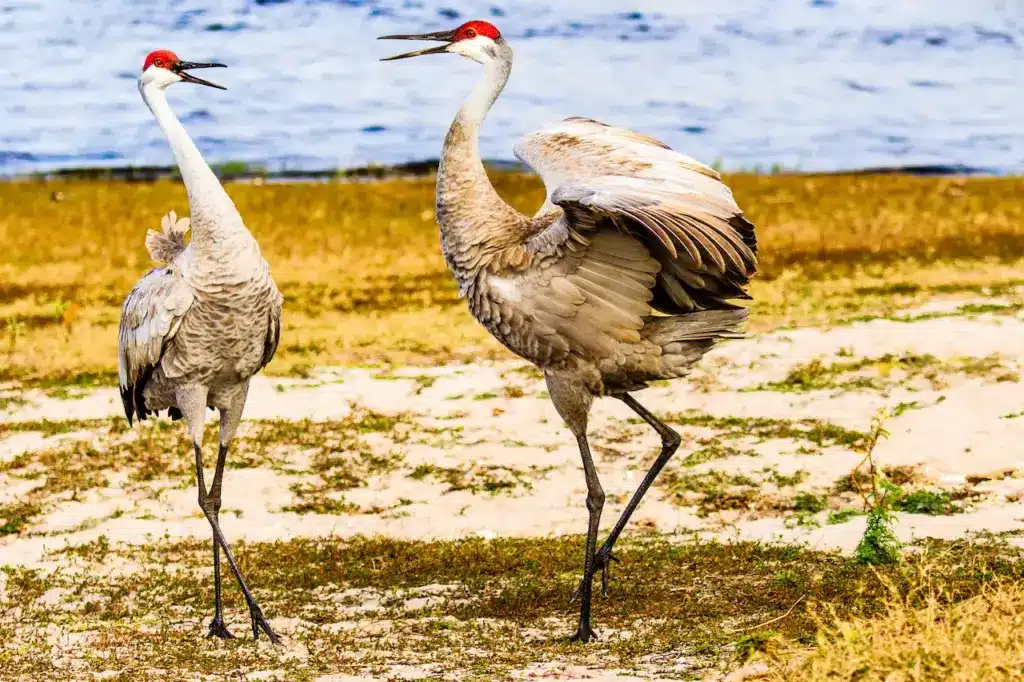
Species
Black Crowned Crane (Balearica pavonina)
Black-necked Cranes (Grus nigricollis)
Blue Crane (Anthropoides paradisea)
Brolga Crane (Grus rubicunda)
Crowned Crane: Red-crowned Crane … Black Crowned Crane … Grey Crowned Cranes
Demoiselle Crane (Anthropoides virgo)
Eurasian Crane aka Common Crane (Grus grus)
Grey Crowned Crane (Balearica regulorum)
East African Crowned Crane (Grey-crowned Crane)
Hooded Crane (Grus monacha)
Red Crowned Crane aka Red Crown Crane (Grus japonensis)
Red-necked Crane: Red-necked Cranes (Chambers Wildlife Rainforest Lodge)
Paradise Crane (Blue Crane)
Sandhill Crane (Grus canadensis)
Sarus Crane (Grus antigone)
Siberian Crane (Grus leucogeranus)
Stanley Crane (Blue Crane)
Wattled Crane (Bugeranus carunculatus)
White-naped Crane (Grus vipio)
Whooping Crane (Grus americana)
Please Note: The articles or images on this page are the sole property of the authors or photographers. Please contact them directly concerning any copyright or licensing questions. Thank you.

